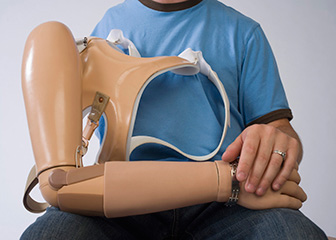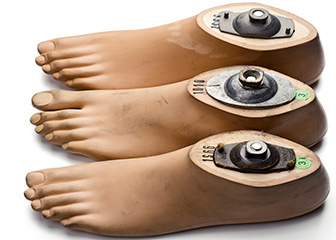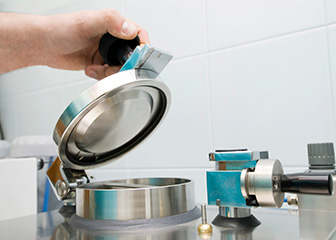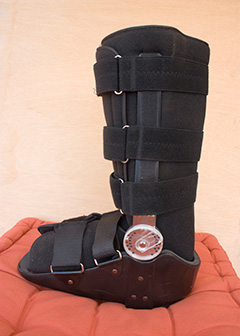Summary

| Quick Facts: Medical Appliance Technicians | |
|---|---|
|
$35,670 per year
$17.15 per hour |
|
| High school diploma or equivalent | |
| None | |
| Long-term on-the-job training | |
| 14,200 | |
| 4% (Slower than average) | |
| 500 | |
What Medical Appliance Technicians Do
Medical appliance technicians construct, fit, and repair medical supportive devices, including prosthetic limbs, arch supports, facial parts, and foot and leg braces.
Work Environment
In 2010, most medical appliance technicians worked in manufacturing laboratories. Others worked in health and personal care stores.
How to Become a Medical Appliance Technician
There are no postsecondary education requirements for becoming a medical appliance technician. Many technicians learn through on-the-job training.
Pay
The median annual wage of medical appliance technicians was $35,670 in May 2010.
Job Outlook
Employment is expected to grow 4 percent from 2010 to 2020, slower than the average for all occupations. An aging baby-boomer population will create a need for technicians because diabetes and cardiovascular disease, the two leading causes of loss of limbs, are more likely to occur in older people.
Similar Occupations
Compare the job duties, education, job growth, and pay of medical appliance technicians with similar occupations.
O*NET
O*NET provides comprehensive information on key characteristics of workers and occupations.
Contacts for More Information
Learn more about medical appliance technicians by contacting these additional resources.







